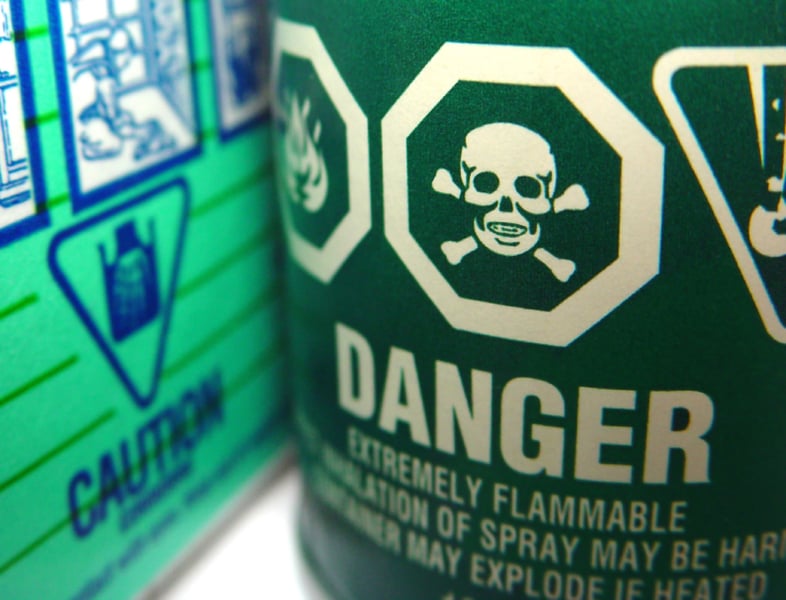Market falling to hit that technical level could trigger wholesale sell-off; 'Katie bar the door'
Chart-watching advisers are anxiously waiting to see if the stock market retests the support levels it reached this month — around 1120 on the S&P 500.
If that low point doesn't hold, many expect the market could re-test at a new low somewhere around the 1020 level last seen in the summer of 2010 —12% lower than current levels.
"If it breaks, odds are it will go down to the July [2010] lows," said Brian Carruthers, president of Brian Carruthers & Associates.
For Mr. Carruthers, that kind of breakdown would count as a new bear market.
And if the July 2010 lows are broken, "it's Katie bar the door," said Will Hepburn, president of Hepburn Capital Management LLC.
Another sign to watch for: If the large-cap bellwether goes up — but fails to move beyond 1205 and create a new rebound high from the current sell-off — the likelihood of a breakdown increases, technically oriented advisers said.
But technicians, famously agnostic in making predictions, say the market has given a few bullish signs recently.
The slightly higher lows of around 1123 set Aug. 19 and 22, along with some bullish divergences in market indicators, is positive for stocks, advisers said.
"A few indexes made new closing lows on Aug. 19, but most closed just above" the original low of Aug. 8, a bullish signal, said Bob Kargenian, founder of TABR Capital Management LLC.
New lows in the Nasdaq and Dow Transports, for example, were not confirmed by new lows in the S&P 500 or Dow Industrials.
"There has been lighter volume on down days," another positive sign, Mr. Kargenian added.
"It looks like the equity market is trying to begin to repair the damage," said Paul Schatz, president of Heritage Capital LLC. He has increased his equity allocations, with his most aggressive strategies fully invested after the recent sell-off.
But despite some bullish signs, Mr. Kargenian is still bearish.
"I think another leg down to around the 1000 level [on the S&P 500] is, at minimum, the risk," said Mr. Kargenian, whose risk-management models track moving averages.







